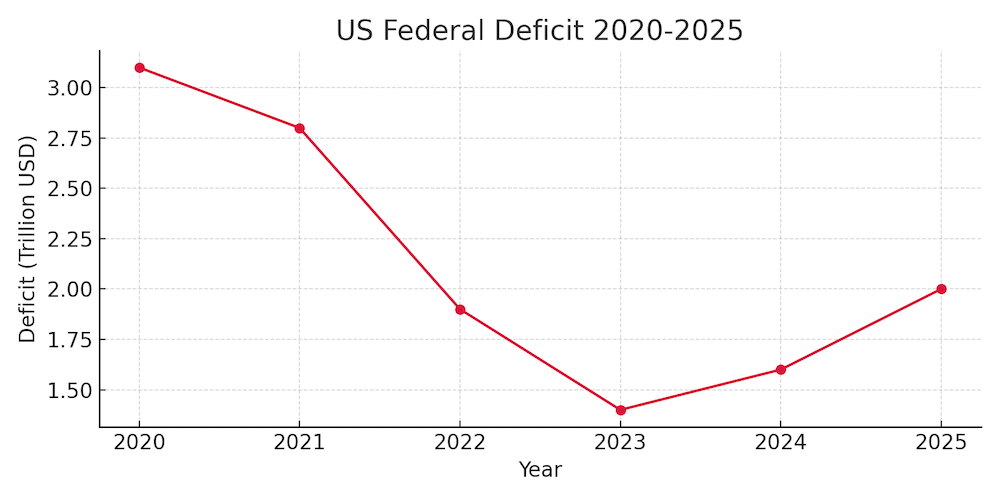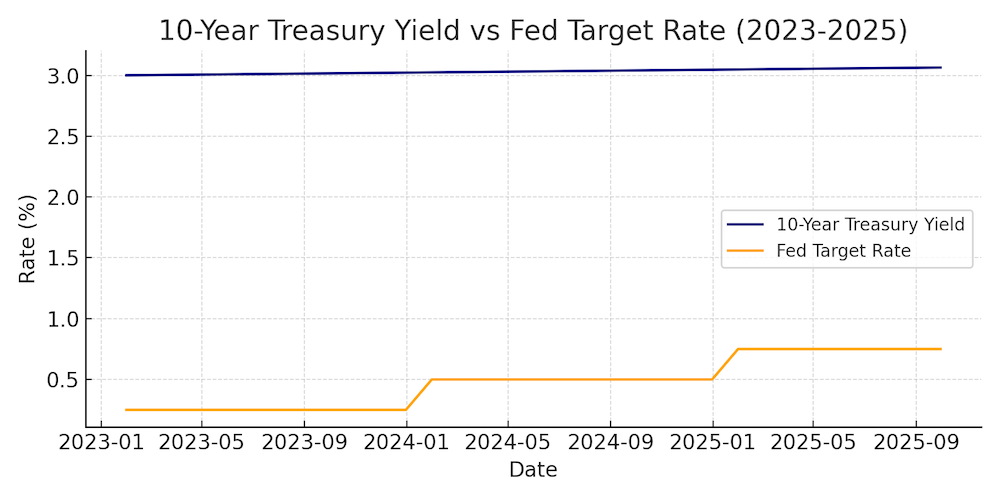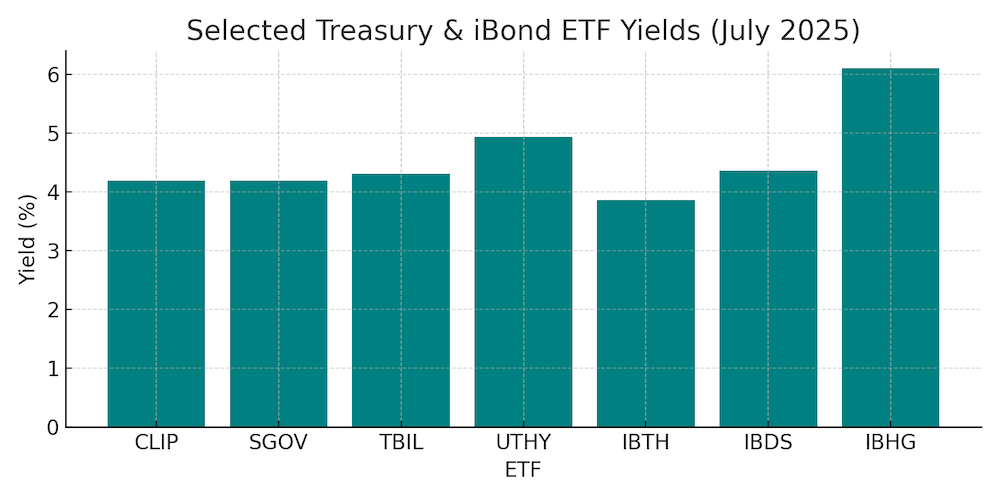Riding with the Bond Vigilantes: How Investors Are Reacting to Rising Deficits and Volatility
The Watchdogs of the Debt Market
Bond vigilantes—a term coined by economist Ed Yardeni in the 1980s, are investors who push back against government overspending by reducing demand for U.S. debt. Their message: stop running massive deficits, or borrowing will become more expensive.
There is no formal organization. Instead, institutional investors act on shared instincts. When fiscal policy looks unsustainable, they retreat, forcing governments to raise interest rates to attract buyers. This pushes bond yields higher and lowers the value of older, lower-yielding bonds, a de facto buyer’s strike.
“If the fiscal and monetary authorities won’t regulate the economy, the bond investors will. The economy will be run by vigilantes in the credit markets.” Ed Yardeni, 1983
Currently, this dynamic is unfolding as a new tax bill threatens to widen the federal deficit and interest rate cuts are delayed. Bond investors are cautious, waiting for more attractive terms.

Why the New Tax Bill Has Bond Markets on Edge
The nonpartisan Tax Foundation estimates that the House-passed bill “would increase long-run GDP by 0.6% and reduce federal tax revenue by $4.1 trillion from 2025 through 2034.” Provisions such as blocking scheduled tax hikes deepen the fiscal gap.
William Buck, an international advisory firm, noted in October 2025:
“The United States fiscal deficit is in the spotlight, and bond vigilantes are back.” Besa Deda, Chief Economist, William Buck
Interest rates are high and expected to remain so, with volatility likely to persist. The passage of large spending bills has heightened concerns about U.S. fiscal sustainability and inflation risks, while the Federal Reserve remains on pause.

The Mar-A-Lago Accord and Market Speculation
Controversial proposals, like the Mar-A-Lago Accord, have resurfaced. Dr. Desmond Lachman, AEI Senior Fellow, notes that the plan would require foreign holders of U.S. Treasuries to exchange them for 100-year or zero-coupon bonds to secure long-term funding.
Rebecca Patterson, CFR Senior Fellow, warned that the plan:
“May necessitate short-term economic and financial-market pain.”
Gold prices also signal caution. Rising roughly 30% since January 2025, they reflect growing concern about U.S. fiscal discipline and potential inflation.
Rising Yields: Implications for Investors
• 10-year Treasury yield: ~4.5% as of October 2025
• 30-year Treasury yield: >5%
• Japan 10-year bond: 1.4% in April 2025 (up from -0.3% in 2019)
These higher yields improve income potential for investors and create opportunities to reallocate fixed-income portfolios.
How to Invest: Balancing Yield and Risk
Short-duration securities remain a safe choice:
• Global X Short-Term Treasury ETF (CLIP): 1–3 month maturities, 30-day SEC yield 4.19%
• iShares 0–3 Month Treasury ETF (SGOV): Similar profile, low market risk
• F/m Single-Maturity Treasury ETFs: Roll into new issues, locking current yields
- 3-Month Bill ETF: 4.31%
- 30-Year ETF: 4.93%
iBond ETFs offer diversified portfolios of bonds maturing in the same year:
• iShares Dec 2027 Term Treasury ETF (IBTH): 3.86%
• Corporate iBond ETF (IBDS): 4.36%
• High Yield iBond ETF (IBHG): 6.10%
Key Takeaway: Investors can capture attractive yields while managing duration and credit risk. Short-duration Treasury ETFs provide liquidity and safety, while iBond strategies offer laddering and yield optimization.

Bottom Line
Bond vigilantes remain a potent force in global credit markets. Rising deficits, fiscal uncertainty, and delayed rate cuts have made investors cautious, pushing yields higher.
For disciplined income investors, this environment presents opportunities in high-quality short-duration Treasuries and structured bond ETFs. Understanding the behavior of bond vigilantes helps investors navigate volatility while balancing yield and risk.
“Understanding bond vigilantes is not about ideology—it is about anticipating market behavior and positioning portfolios for both safety and yield.”
ETF Circle
Your guide to data-driven, compliant investment strategies and fixed-income insights.















